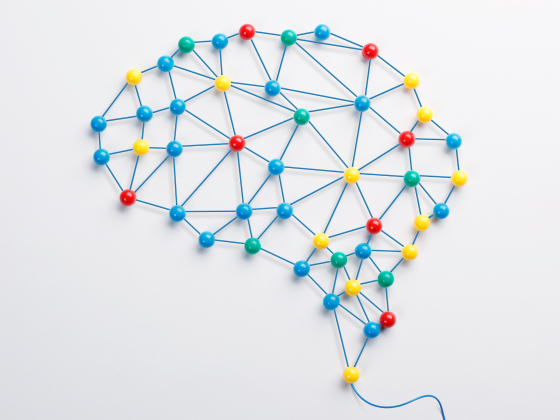Visualizing Your Brain
Your brain influences everything you think, feel, and do—so when its networks are out of balance, focus, mood, sleep, learning, and performance can be affected. At Peak Performance Institute, we use QEEG (brain mapping) and SW LORETA to visualize where your brain is functioning well and where it could improve, then tailor a plan to help it rebalance.
Treatments & Therapies
Why Brain Mapping Matters
-
Non-invasive & comfortable: A soft sensor cap simply reads your brain’s activity—no electricity goes into your head and no radioactive tracers are used. Can be repeated safely and done seated (less anxiety/claustrophobia than many scanners).
-
Millisecond precision: EEG offers exceptional temporal resolution (milliseconds), far faster than fMRI (≈2–6s) or PET (≈30–40s), letting us see rapid brain changes more clearly.
-
Clear, visual insights: QEEG converts raw EEG into easy-to-read “brain maps,” revealing activity patterns tied to attention, sleep, mood, learning, and more.
-
Norm-referenced clarity: Your data are compared to databases of healthy brains to flag dysregulation and inefficiencies with greater confidence.
-
Practical & efficient: More portable, cost-effective, and movement-tolerant than many other imaging methods—ideal for real-world care.
-
Personalized next steps: Findings guide an individualized plan (e.g., neurofeedback and complementary therapies) and provide a baseline for tracking progres
-
Pinpoint neurological causes of emotional, behavioral, or cognitive struggles -
Identify dysregulated brainwave patterns tied to symptoms like inattention, insomnia, or anxiety -
Create precise, personalized treatment plans, including neurofeedback, coaching, or therapy -
Track your progress and adjust interventions based on data—not guesswork
![]()
Call Us Today
(512)347-8100
Quantitative Electroencephalography

Ready to Take the First Step?
Discover the clarity and confidence that comes from understanding your brain. Schedule a consultation today—and let’s start building a path toward healing, growth, and potential.
Call us at 512-347-8100
Email admin@peakinstitute.com